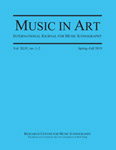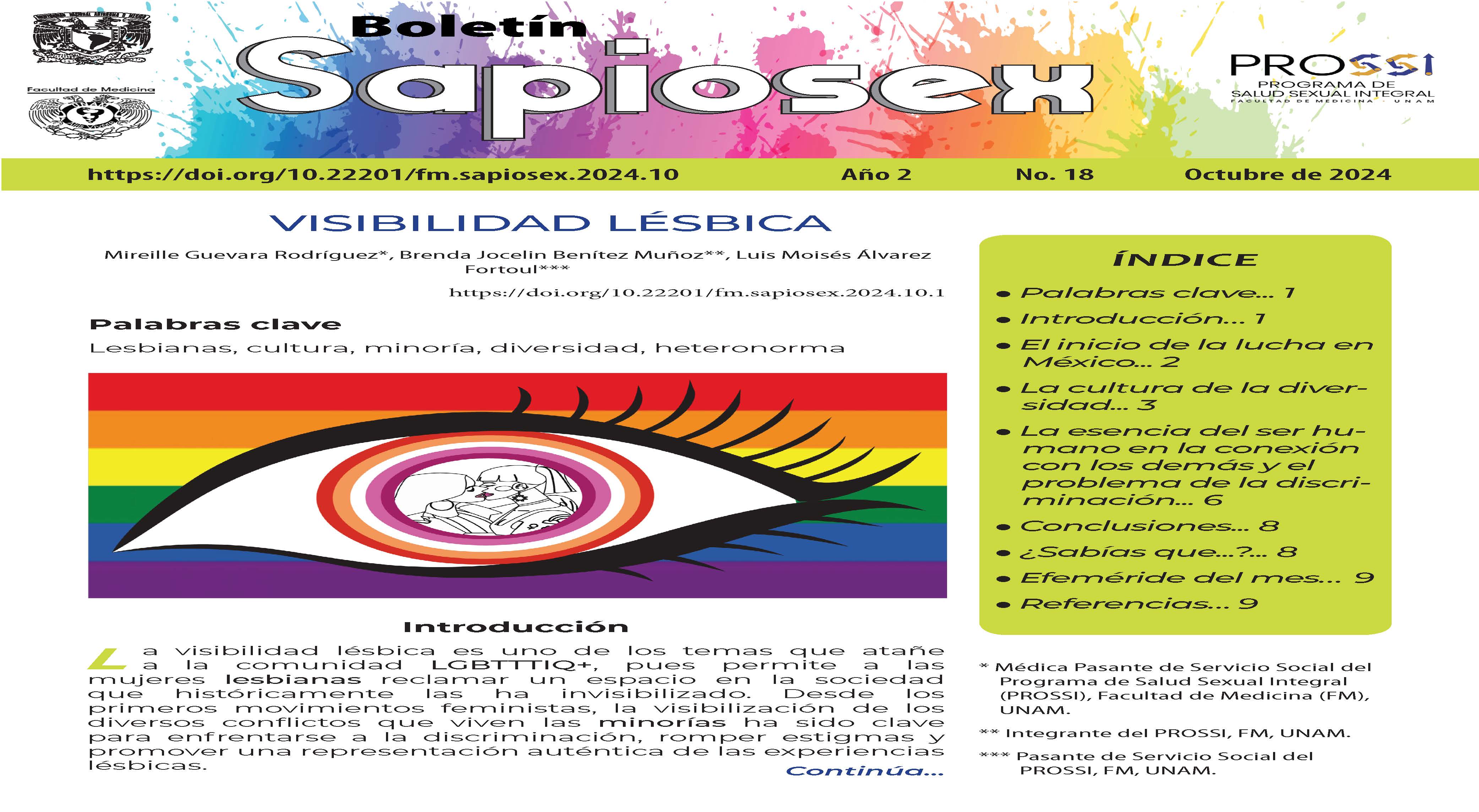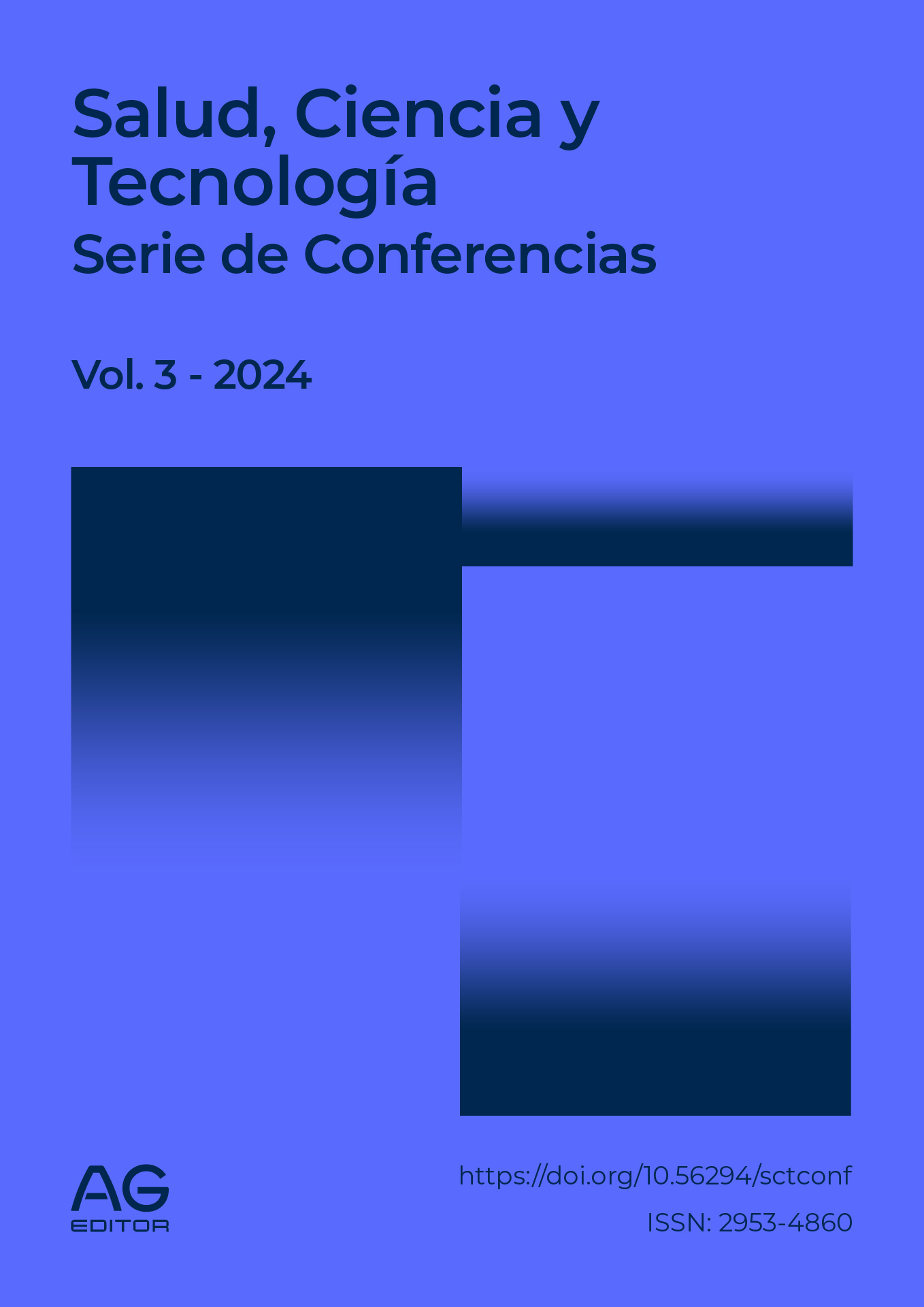Resum
Sappho's ocuvre exists in tantalizing fragments providing fodder for generations of interpreters to reimagine her life and poetry in myriad ways. This paper looks at three Parisian fantasies of Sappho: Charles Gounod's first opera Sapho (1851 and 1884), Charles Cuvillier's operetta Sapphô (1912), and the Sapphic music and dramatic activities held in the garden of Natalie Clifford Barney (ca. 1900). For each of these productions, musical scores provide scant information as to how the authors and performers imagined the myths and lives of Sappho; iconographie sources, however, open doors to new readings, illustrating how these pieces appropriated past Sapphic fictions to create nuanced and often satirical productions. Gounod's opera reveals the transformation of Sappho's image from mid-nineteenth century Hellenism to fin-de-siècle debauchery, as evidenced by differences in costume and set design between the 1851 premiere and the 1884 revival. In addition to expanded roles for the courtesan, the simple classicism of the original production is replaced with a decidedly more decadent décor. In Cuvillier's operetta, photos published in the journal Le Théâtre provide enough evidence to recreate plot, as well as decipher satirical elements that poke fun at the battle between Cyprian and Hellenic mores despite the lack of a score and libretto for the work. Finally, photographic and anecdotal evidence of Natalie Barney's queer Sapphic theatrics illustrate the dialectical understanding of early twentieth-century Sappho as emblematic of the refined Hellenism of the mid-nineteenth century and the decadent Orientalism of finde-siècle erotic Sapphic fantasies. In all three phenomena visual culture played a privileged role in the reception of musical representations of Sappho histories and fantasies.






